Home>Gardening & Outdoor>Landscaping Ideas>How To Keep Grass Short


Landscaping Ideas
How To Keep Grass Short
Modified: March 5, 2024
Learn effective landscaping ideas for keeping your grass short and well-maintained. Discover expert tips and techniques for achieving a manicured lawn.
(Many of the links in this article redirect to a specific reviewed product. Your purchase of these products through affiliate links helps to generate commission for Storables.com, at no extra cost. Learn more)
Introduction
Creating a well-manicured lawn is a cornerstone of a beautiful and inviting outdoor space. A lush, green lawn not only enhances the aesthetic appeal of your property but also provides a safe and comfortable area for recreational activities. One of the key elements in achieving a pristine lawn is maintaining an optimal grass height. While the task of keeping grass short may seem straightforward, there are several essential factors to consider in order to achieve the perfect lawn length.
In this comprehensive guide, we will delve into the various aspects of maintaining a short and healthy grass cover. From selecting the right grass type to employing proper mowing techniques and implementing effective lawn care practices, we will explore the essential steps to achieve a well-groomed lawn. Whether you are a seasoned lawn care enthusiast or a novice homeowner looking to elevate the appearance of your outdoor space, this guide will equip you with the knowledge and strategies to keep your grass short and vibrant throughout the seasons.
Key Takeaways:
- Choose the right grass type for your climate and lawn usage to maintain a short, healthy, and visually appealing lawn. Consider factors like shade tolerance and foot traffic for optimal results.
- Implement proper mowing, watering, and fertilization techniques to keep your grass short and vibrant. By following these essential lawn care practices, you can create a beautiful and environmentally conscious outdoor space.
Read more: How Short To Cut Grass
Choosing the Right Grass Type
When it comes to maintaining a short and healthy lawn, selecting the appropriate grass type is a fundamental step. The choice of grass largely depends on the climate, soil type, and the level of foot traffic the lawn is expected to endure. Cool-season grasses, such as Kentucky bluegrass and fescue, thrive in northern regions with moderate to cool temperatures. On the other hand, warm-season grasses like Bermuda grass and Zoysia grass are well-suited for the hotter climates of the southern regions.
Consider the specific characteristics of each grass type, including their tolerance to shade, drought resistance, and maintenance requirements. For instance, if your lawn receives ample sunlight, a warm-season grass variety may be the ideal choice due to its ability to thrive in such conditions. Conversely, if your lawn is shaded by trees or structures, opting for a shade-tolerant grass type will ensure that your lawn remains healthy and visually appealing.
Furthermore, take into account the level of foot traffic your lawn typically experiences. For high-traffic areas, durable grass varieties like Bermuda grass and perennial ryegrass are excellent choices, as they can withstand frequent use without compromising their lush appearance. By carefully assessing your specific environmental conditions and usage patterns, you can make an informed decision when choosing the right grass type for your lawn, setting the stage for a well-maintained and visually pleasing outdoor space.
Mowing Techniques
Effective mowing techniques are crucial for maintaining an optimal grass height and promoting a healthy lawn. Before mowing, it is essential to ensure that the lawnmower blades are sharp to achieve clean and precise cuts. Dull blades can tear the grass, leading to a frayed appearance and making the lawn more susceptible to diseases. Additionally, varying the mowing pattern with each session helps prevent the grass from developing a grainy or uneven growth pattern, contributing to a consistently manicured look.
Adjusting the mowing height according to the specific grass type is vital for promoting healthy growth and resilience. As a general rule of thumb, cool-season grasses should be mowed to a height of around 2.5 to 3.5 inches, while warm-season grasses thrive at slightly lower heights of 1.5 to 2.5 inches. Adhering to the recommended mowing heights for different grass varieties ensures that the grass can photosynthesize effectively and develop robust root systems, leading to a dense and vibrant lawn.
It is advisable to avoid removing more than one-third of the grass blade’s length in a single mowing session, as excessively cutting the grass can stress the plants and impede their ability to recover. Regular mowing, typically on a weekly basis, prevents the grass from becoming overgrown and maintains a neat and tidy appearance. However, during periods of drought or slow growth, adjusting the mowing frequency to accommodate the grass’s growth rate is essential to prevent unnecessary stress on the lawn.
Furthermore, leaving grass clippings on the lawn after mowing can provide valuable nutrients to the soil as they decompose, contributing to improved soil health and reducing the need for additional fertilization. This practice, known as grasscycling, not only benefits the lawn but also minimizes organic waste, making it an environmentally friendly approach to lawn care.
By implementing these mowing techniques and adhering to the specific requirements of the chosen grass type, you can effectively maintain an optimal grass height and contribute to the overall health and visual appeal of your lawn.
Proper Watering
Watering plays a pivotal role in maintaining a healthy and well-manicured lawn, contributing to the overall vitality and resilience of the grass. Proper watering practices are essential for promoting deep root growth and ensuring that the grass remains adequately hydrated, particularly during periods of heat and drought stress.
One of the key principles of effective watering is to provide the lawn with deep, infrequent watering sessions rather than frequent shallow watering. Deep watering encourages the grass roots to grow deeper into the soil, enhancing their ability to access moisture and nutrients while promoting overall drought resistance. Conversely, shallow watering can result in shallow root systems, making the grass more susceptible to drought and environmental stressors.
It is advisable to water the lawn early in the morning, preferably before 10 a.m., to minimize water loss due to evaporation and ensure that the grass has adequate time to dry before nightfall. This practice helps prevent the development of fungal diseases that thrive in moist conditions, promoting the overall health and resilience of the lawn.
When determining the appropriate watering schedule, factors such as soil type, grass variety, and local climate conditions should be taken into account. Soil with good water retention may require less frequent watering sessions, while sandy soil may necessitate more frequent watering to maintain adequate moisture levels. Additionally, newly seeded or sodded lawns require more frequent watering to support the establishment of the grass and facilitate healthy growth.
Utilizing a rain gauge or moisture meter can aid in monitoring the amount of water the lawn receives, allowing for adjustments to the watering schedule based on the specific needs of the grass and the prevailing weather conditions. This proactive approach ensures that the lawn receives the optimal amount of water, promoting healthy growth and vitality while minimizing water wastage.
By implementing proper watering practices and tailoring the watering schedule to the specific requirements of the grass and soil, you can contribute to the overall health and vibrancy of your lawn, maintaining an optimal grass height and lush appearance throughout the seasons.
Regular mowing is key to keeping grass short. Set your mower to the recommended height for your grass type and mow frequently to prevent it from getting too long.
Fertilization and Soil Health
Fertilization and soil health are crucial components of maintaining a vibrant and well-manicured lawn, playing a significant role in promoting optimal grass height and overall lushness. By providing essential nutrients and fostering a conducive soil environment, you can ensure that your grass thrives and remains visually appealing throughout the year.
Before applying fertilizers, conducting a soil test can provide valuable insights into the specific nutrient requirements of your lawn. The test results can help determine the pH levels, nutrient deficiencies, and organic matter content of the soil, enabling you to tailor the fertilization approach to address the specific needs of your lawn. This targeted approach not only promotes healthy grass growth but also minimizes the risk of over-fertilization, which can be detrimental to the environment.
When selecting fertilizers, consider the specific nutrient requirements of your grass type and the seasonal demands for growth. Nitrogen, phosphorus, and potassium are primary macronutrients that are essential for healthy grass development, with nitrogen being particularly crucial for promoting vibrant green color and robust growth. Slow-release fertilizers are often preferred, as they provide a consistent nutrient supply to the grass over an extended period, reducing the risk of nutrient leaching and promoting sustainable growth.
In addition to fertilization, practices such as core aeration and overseeding can significantly contribute to soil health and the overall vitality of the lawn. Core aeration alleviates soil compaction, enhances air and water infiltration, and stimulates root development, creating an optimal environment for healthy grass growth. Overseeding introduces new grass varieties to the lawn, promoting biodiversity and resilience while filling in bare patches and enhancing the overall density and visual appeal of the grass cover.
By prioritizing soil health and adopting a well-informed approach to fertilization, you can provide your lawn with the essential nutrients and environmental conditions necessary for maintaining an optimal grass height and vibrant appearance. This proactive investment in soil health not only enhances the visual appeal of your outdoor space but also contributes to the long-term sustainability and resilience of your lawn.
Read more: How Short To Scalp Bermuda Grass
Dealing with Weeds
Weeds can detract from the visual appeal of a well-maintained lawn and compete with grass for essential nutrients and moisture. Effectively managing weeds is essential for maintaining an optimal grass height and promoting a lush and vibrant lawn.
Implementing cultural practices that promote a healthy lawn, such as proper mowing, watering, and fertilization, can help create an environment that is less conducive to weed growth. By maintaining the recommended mowing height for your grass type and avoiding excessive watering and over-fertilization, you can promote the vigor and density of the grass, reducing opportunities for weed establishment.
Regularly inspecting the lawn for early signs of weed infestation allows for prompt intervention, preventing the weeds from spreading and establishing a foothold. Hand pulling or spot-treating isolated weed patches can be an effective initial approach, particularly for small-scale infestations. Additionally, ensuring that the lawnmower blades are sharp and properly adjusted can contribute to minimizing weed proliferation, as clean and precise cuts help maintain the grass’s resilience against weed encroachment.
For more extensive weed challenges, selective herbicides tailored to target specific weed varieties while minimizing impact on the grass can be employed. It is essential to carefully read and follow the application instructions provided by the herbicide manufacturer, ensuring that the product is applied at the appropriate time and under suitable weather conditions to maximize effectiveness and minimize environmental impact.
Utilizing pre-emergent herbicides in early spring can help prevent weed seeds from germinating, reducing the likelihood of weed establishment and minimizing the need for post-emergent weed control measures. However, it is important to exercise caution when using herbicides and to consider alternative, environmentally friendly weed management strategies when feasible.
By adopting a proactive and multifaceted approach to weed management, you can effectively maintain an optimal grass height and promote a visually appealing and healthy lawn. Integrating cultural practices, targeted interventions, and sustainable weed control strategies can contribute to the overall resilience and vibrancy of your outdoor space, ensuring that your lawn remains a source of pride and enjoyment throughout the seasons.
Conclusion
Maintaining a short and healthy grass cover is a multifaceted endeavor that encompasses various aspects of lawn care, from selecting the right grass type to implementing effective maintenance practices. By choosing a grass variety suited to your local climate and soil conditions, you can establish a solid foundation for a vibrant and visually appealing lawn. Employing proper mowing techniques, including regular mowing at the appropriate height and pattern variation, contributes to the overall health and neat appearance of the grass.
Proper watering practices, such as deep and infrequent watering sessions, are essential for promoting deep root growth and drought resistance, ensuring that the grass remains adequately hydrated and resilient. Fertilization and soil health are pivotal in providing the grass with essential nutrients and creating a conducive environment for healthy growth. By conducting soil tests and adopting sustainable fertilization practices, you can contribute to the overall vitality and lushness of your lawn.
Effectively managing weeds through cultural practices, targeted interventions, and, when necessary, selective herbicide applications, helps maintain the integrity of the grass cover and prevents weed encroachment. By integrating these comprehensive lawn care strategies, you can achieve and maintain an optimal grass height, creating a visually stunning and inviting outdoor space for relaxation and recreation.
Ultimately, the commitment to maintaining a well-groomed lawn goes beyond aesthetic considerations. A healthy and vibrant lawn contributes to the overall well-being of the environment, providing a natural cooling effect, promoting biodiversity, and enhancing the air and water quality. By nurturing your lawn with care and attention to detail, you can create a sustainable and inviting outdoor oasis for yourself, your family, and the surrounding ecosystem.
Embracing the principles of informed lawn care and sustainable practices empowers you to cultivate a visually striking and environmentally conscious outdoor space, where the beauty of a well-maintained lawn harmonizes with the benefits of a thriving and resilient ecosystem.
Frequently Asked Questions about How To Keep Grass Short
Was this page helpful?
At Storables.com, we guarantee accurate and reliable information. Our content, validated by Expert Board Contributors, is crafted following stringent Editorial Policies. We're committed to providing you with well-researched, expert-backed insights for all your informational needs.
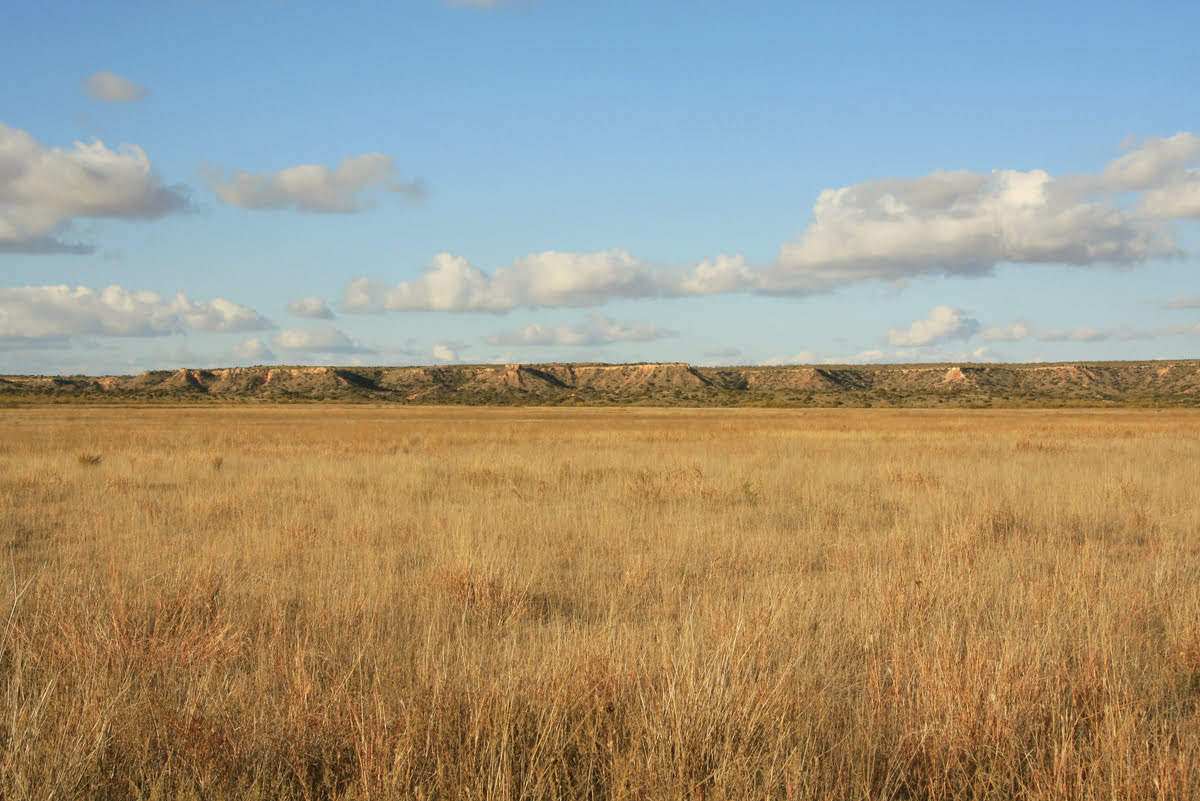
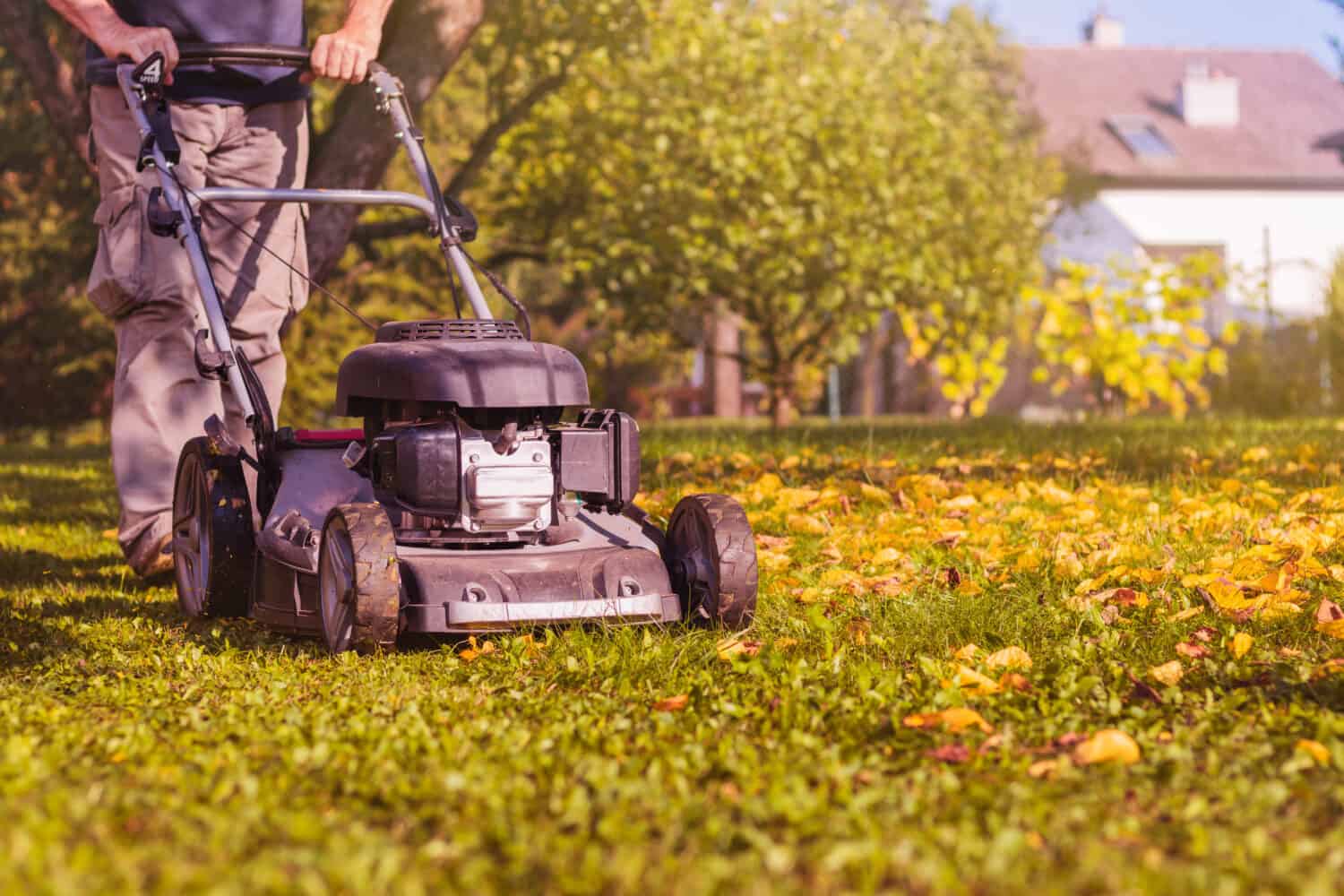
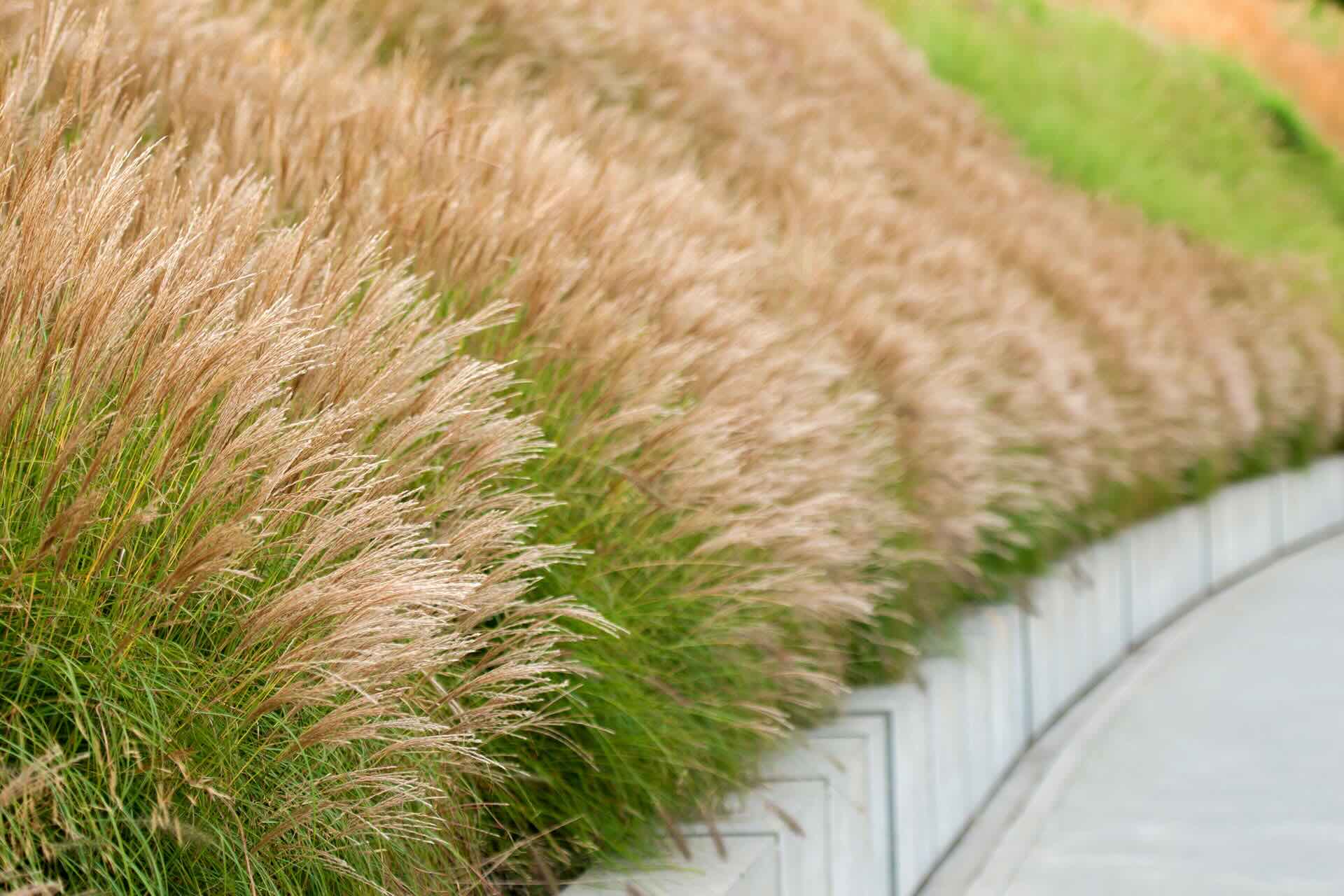

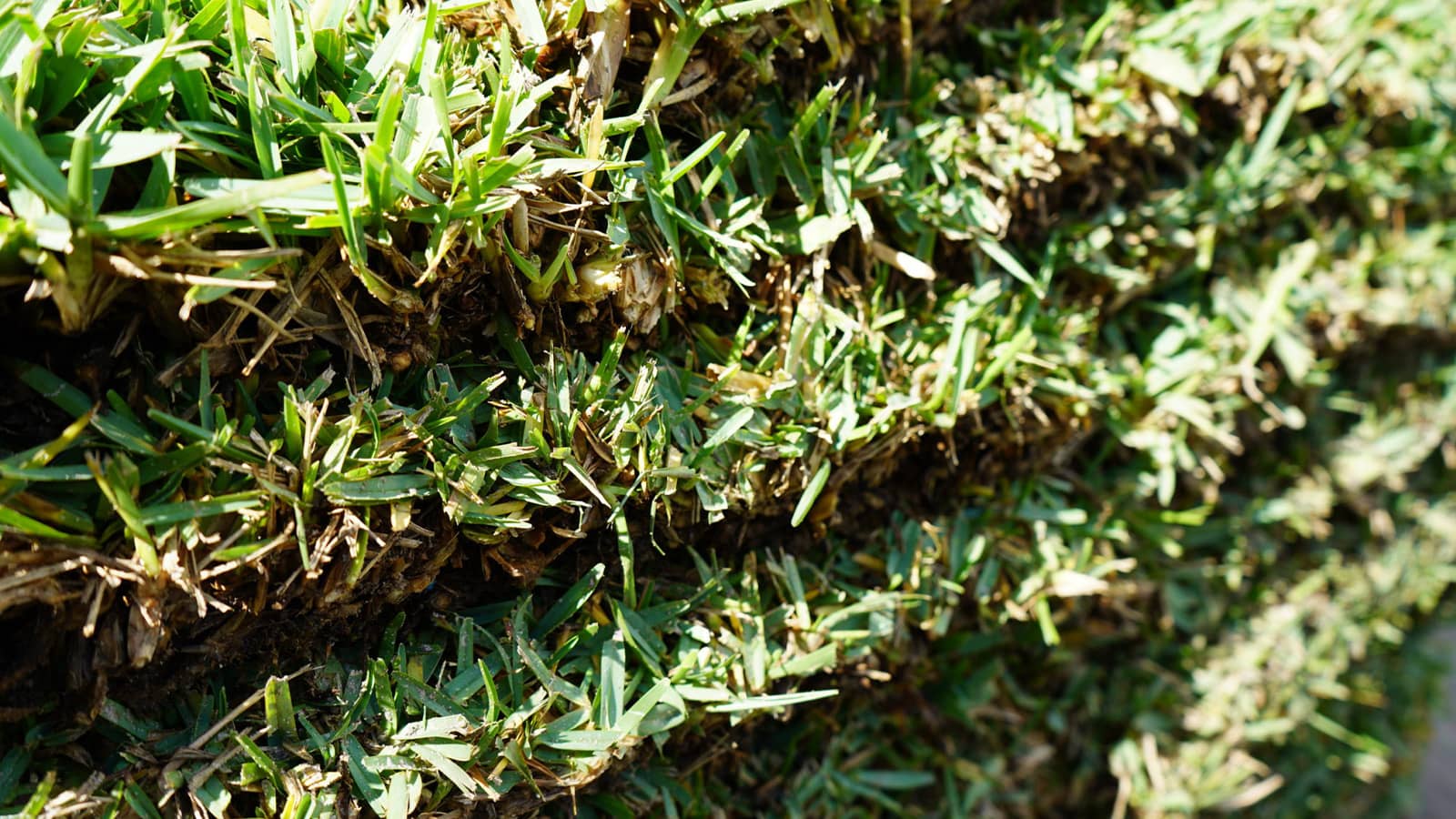

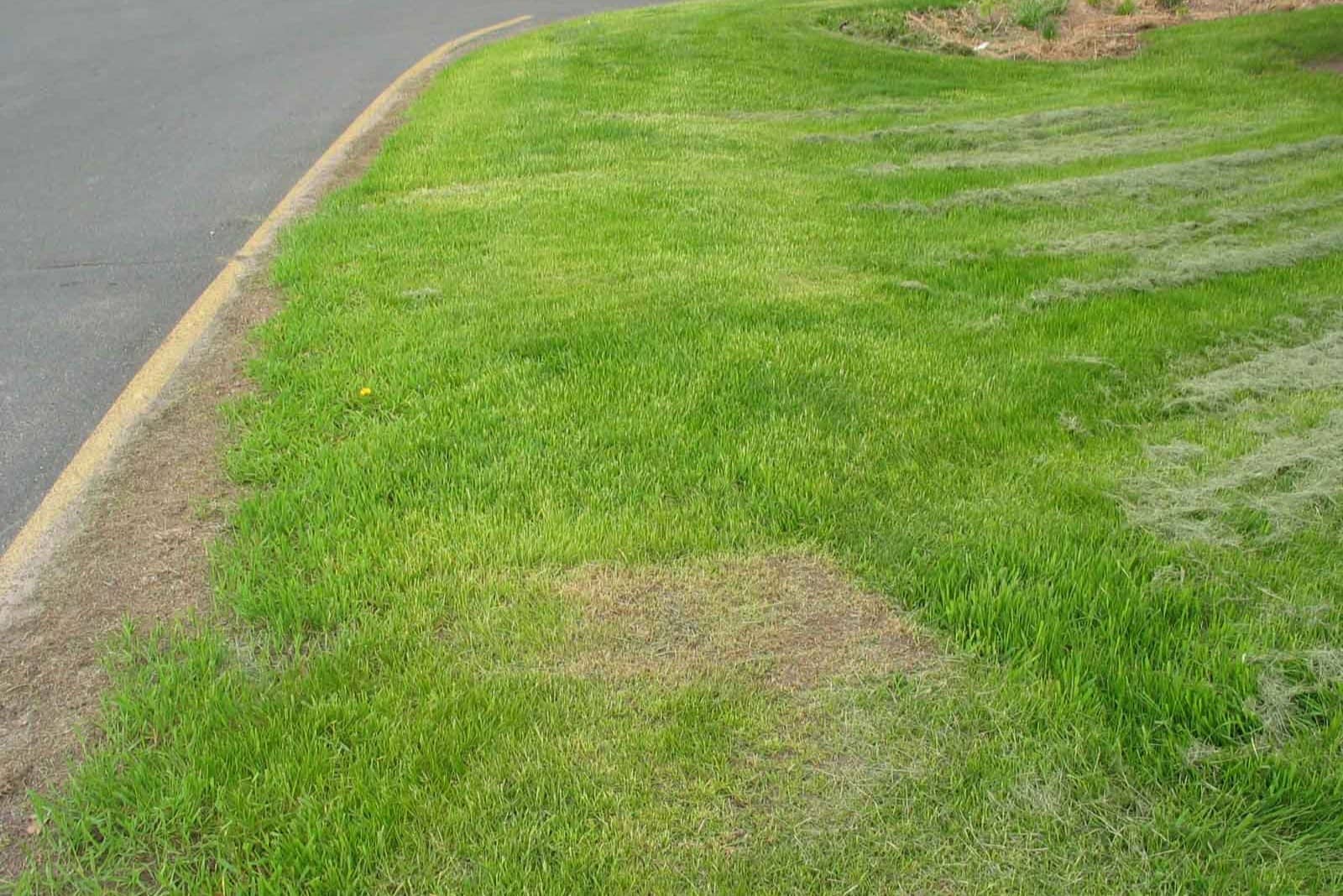

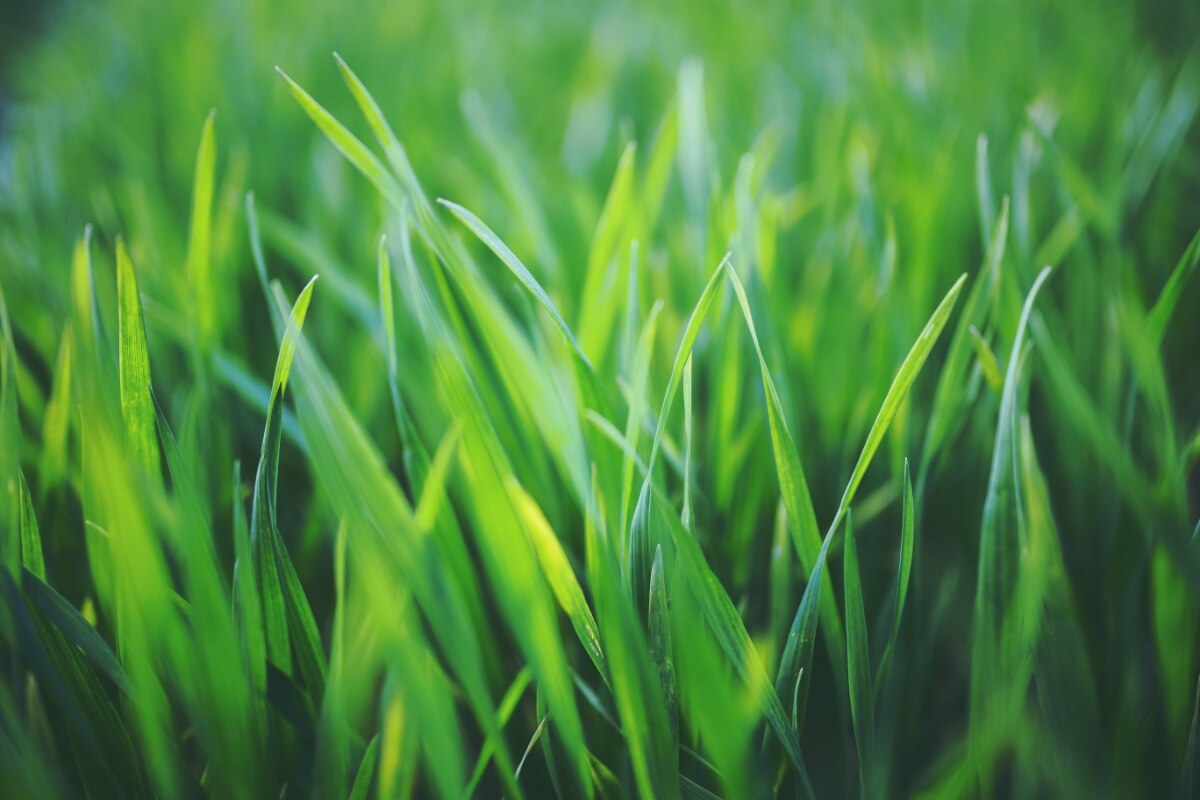
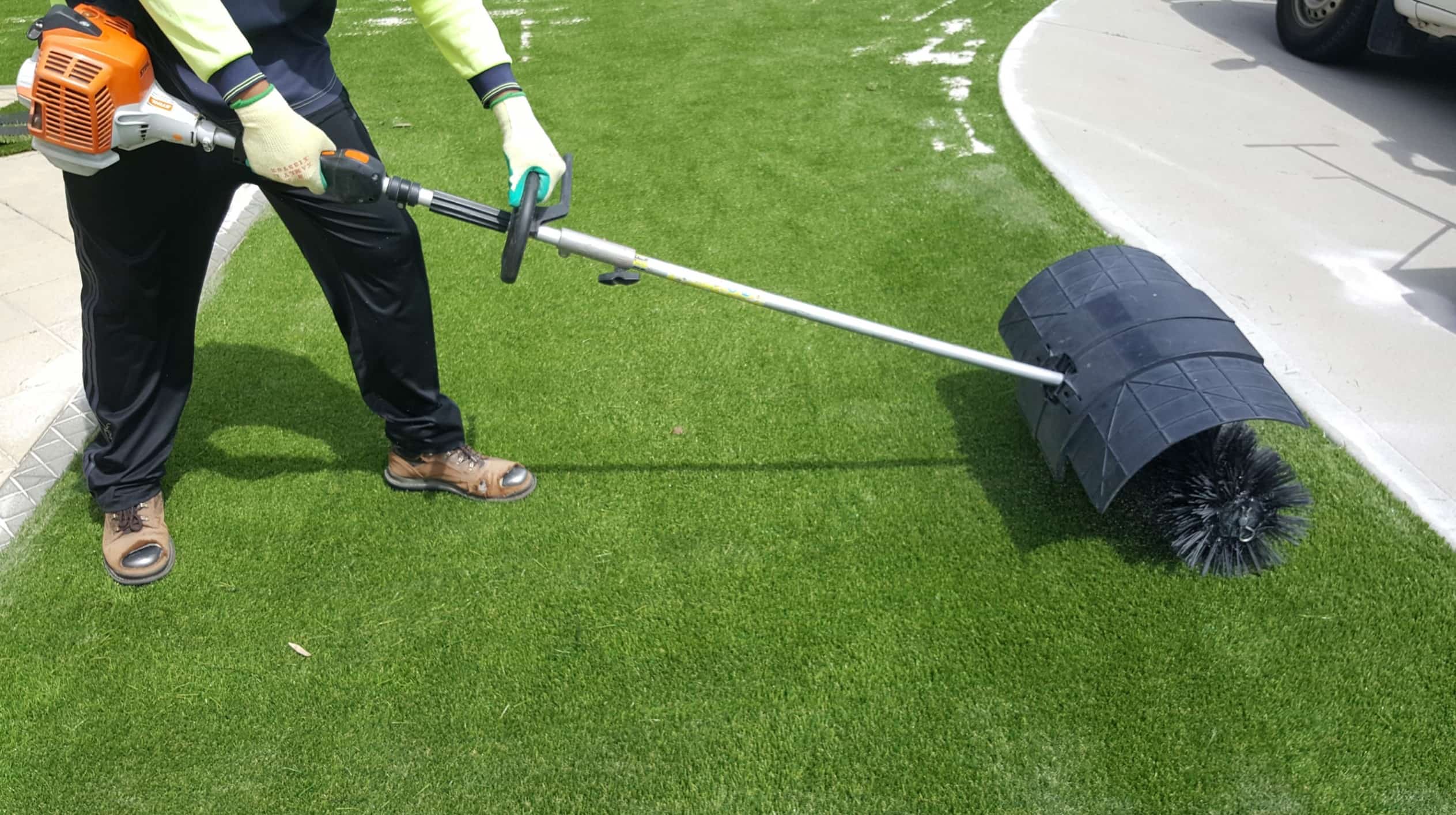


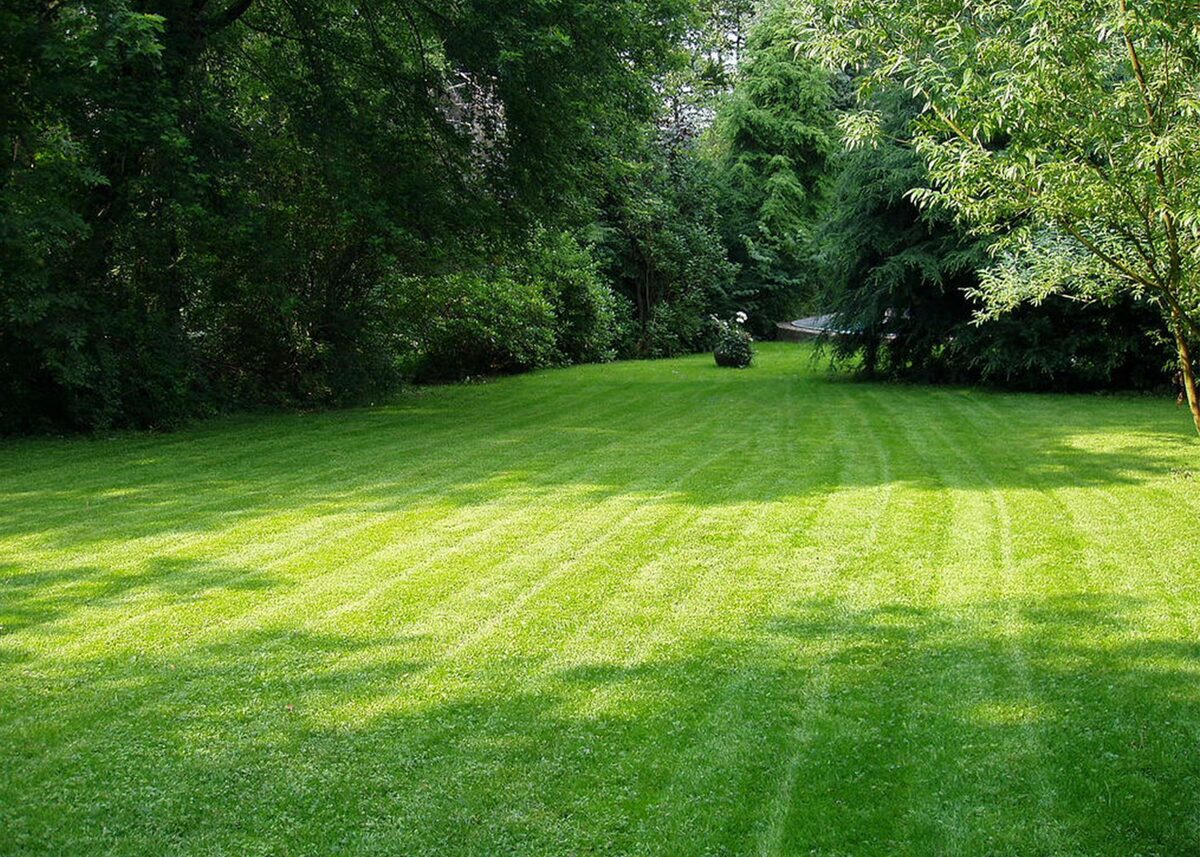
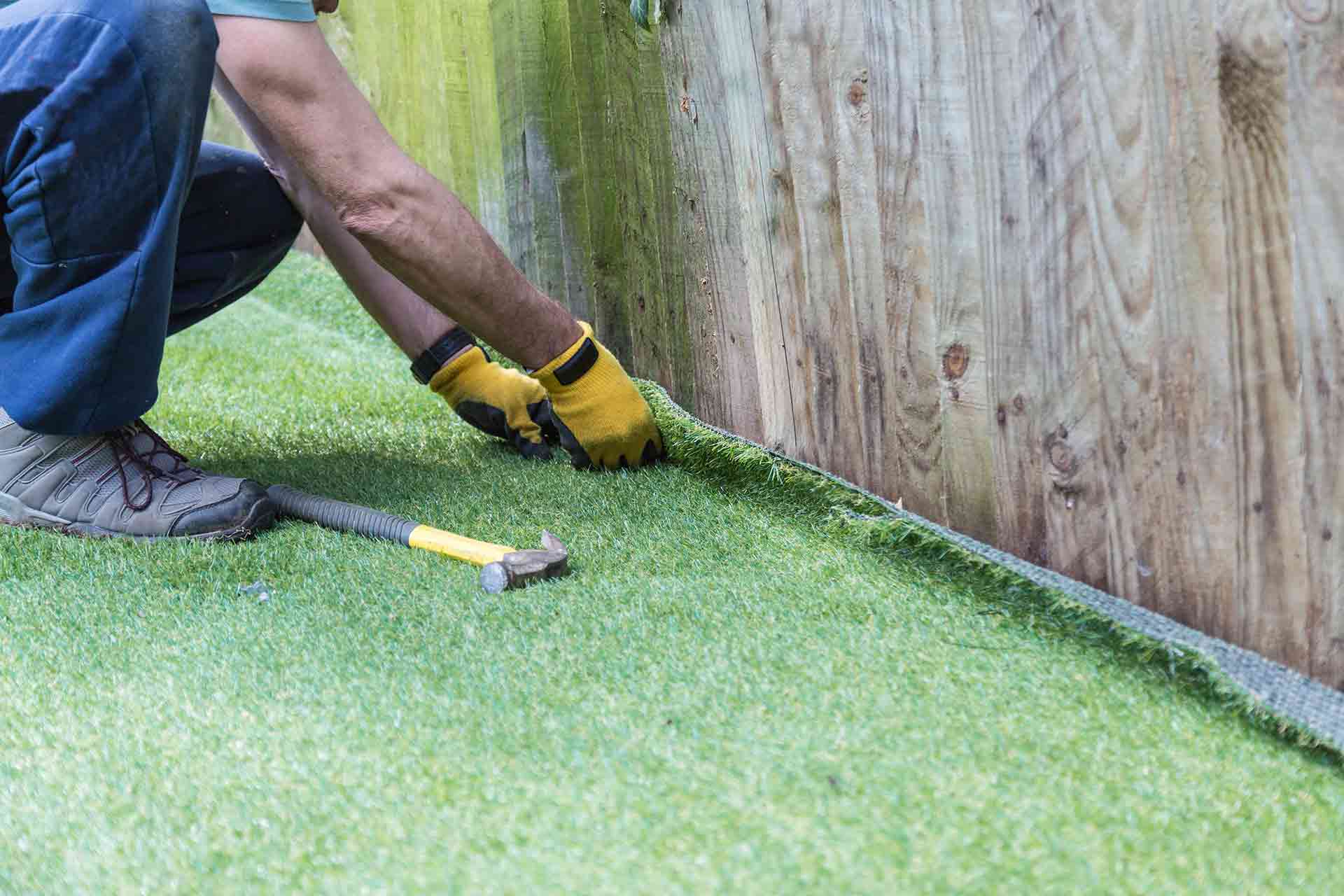

0 thoughts on “How To Keep Grass Short”